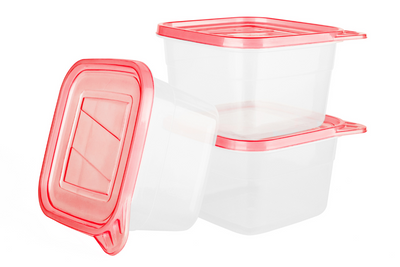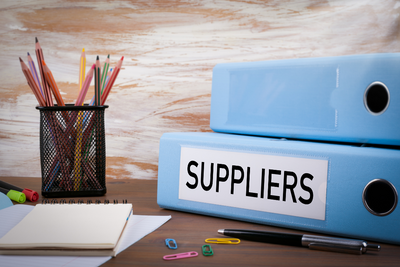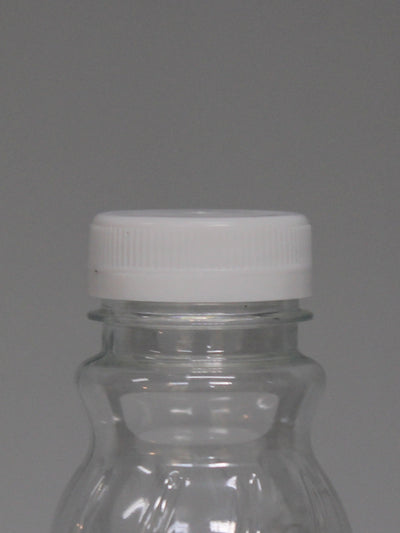When people think about packaging, the focus is often on large bottles, bulk containers or full-size retail products. Yet some of the most versatile and impactful packaging options come in much smaller formats. Across South Africa, businesses, creators and start-ups are using small plastic containers in innovative ways to launch products, test new ideas and create memorable brand experiences.
From mini cosmetic jars and sample bottles to travel-size packaging and craft containers, small formats offer flexibility that larger containers simply cannot. In this guide, we explore how small plastic containers South Africa are being used creatively across industries, and why they continue to play a big role in product development and marketing.
1. Why Small Plastic Containers Matter More Than Ever
Small packaging formats are no longer just “extras” or afterthoughts. They are now strategic tools for:
- Launching new products without large upfront costs
- Offering samples and trial sizes to attract new customers
- Creating travel-friendly versions of popular products
- Supporting e-commerce and subscription box businesses
For small businesses and independent brands, especially in cosmetics, food, crafts and homecare, mini containers reduce risk while increasing reach.
2. Mini Plastic Jars: Small Size, Serious Versatility
Mini plastic jars are among the most versatile packaging formats PackNet supplies. Made primarily from PET or PP, these jars are lightweight, durable and easy to label.
Popular Uses for Mini Jars
- Lip balms, salves and solid perfumes
- Face creams, masks and exfoliating scrubs
- Spices, herbs and seasoning blends
- Craft materials such as beads, glitters and pigments
- Sample portions of honey, chutney or sauces
Mini jars are especially popular with cosmetic start-ups and craft businesses because they allow brands to test formulations and designs before committing to full-size packaging.
3. Sample Containers: Turning First-Time Buyers into Loyal Customers
Sample containers play a critical role in customer acquisition. Offering a sample lowers the barrier to entry, especially for premium or unfamiliar products.
Industries That Rely on Sample Packaging
- Skincare and personal care brands
- Haircare and grooming products
- Artisan food producers
- Home fragrance and essential oil brands
Small bottles and jars allow customers to try a product before committing to a larger purchase, which often leads to higher conversion rates and stronger brand trust.
4. Travel-Size Bottles: Convenience That Sells
Travel-size bottles are no longer limited to airport stores. Today, they are used by:
- Hotels, lodges and guesthouses
- Subscription box companies
- Fitness and wellness brands
- Online retailers shipping compact kits
PackNet’s small PET and HDPE bottles are ideal for travel-size packaging because they are leak-resistant, lightweight and compatible with flip-top caps, screw caps and mist sprayers.
Common Travel-Size Applications
- Shampoos and conditioners
- Hand sanitisers
- Facial mists and toners
- Body oils and serums
5. Small Packaging Ideas for Growing Brands
One of the biggest advantages of small plastic containers is how easily they support creative marketing ideas.
Smart Small-Packaging Strategies
- Starter kits: Combine several mini products into one introductory bundle
- Limited editions: Test seasonal or experimental products
- Gift sets: Ideal for holidays, events and promotions
- Refill concepts: Encourage sustainability with compact refills
These approaches allow businesses to stay agile while keeping packaging costs under control.
6. Creative Uses Beyond Retail
Small containers are not limited to traditional retail. Many customers use them in non-commercial and creative ways.
DIY and Craft Uses
- Storing paint, resin or glue
- Organising small hardware items
- Packaging handmade candles or wax melts
- Creating custom gift favours for events
Because plastic containers are reusable and durable, they often continue to add value long after the original contents are used.
7. Why Small Containers Make a Big Business Impact
From a business perspective, small packaging formats offer measurable advantages:
- Lower material and transport costs
- Faster product development cycles
- Improved customer engagement
- Higher flexibility for testing and innovation
For South African entrepreneurs and SMEs, this flexibility can be the difference between a product idea staying on paper and successfully reaching the market.
8. Share Your Creations with PackNet
Many PackNet customers use mini jars and small bottles in highly creative ways. Whether you are launching a cosmetic range, crafting handmade products or building a subscription box, your packaging tells a story.
Customers are encouraged to share their finished products on social media and tag PackNet. Seeing real-life applications helps inspire other businesses and highlights how small plastic containers can deliver big impact.
Conclusion
Small plastic containers may be compact, but their role in modern packaging is anything but minor. From mini plastic jars and sample containers to travel-size bottles, these formats empower South African businesses to experiment, scale and connect with customers more effectively.
If you are looking for flexible, reliable and cost-effective small packaging solutions, PackNet offers a wide range of containers designed to support creativity, growth and real-world use across multiple industries.











